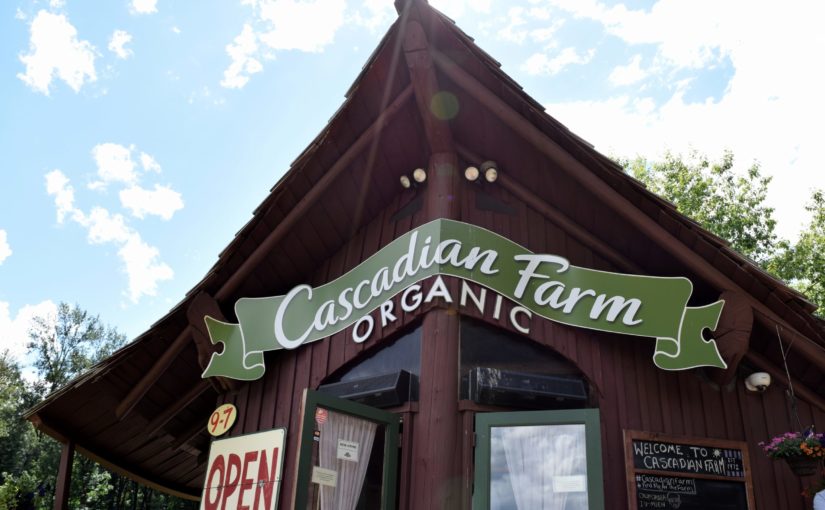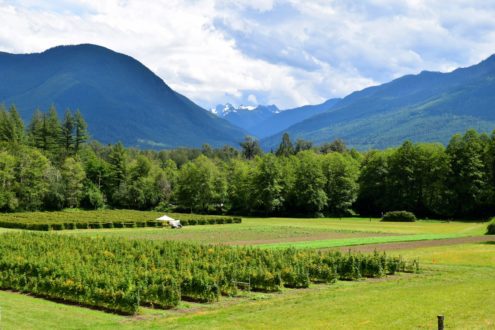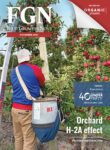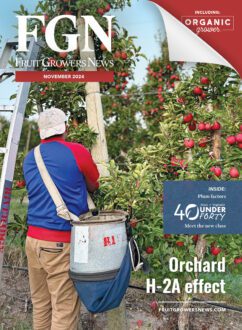Feb 12, 2021Nature Conservancy gets funds to help rebuild farmland in California’s Sacramento Valley
General Mills’ organic brand Cascadian Farm recently committed $750,000 to The Nature Conservancy to help rebuild farmland in California’s Sacramento Valley.
The two-year investment will focus on partnering with farmers to rebuild wildlife habitat and regenerate groundwater on more than 25 million square feet, equal to 600 acres of farmland, in this key sourcing region for the brand, according to a news release from General Mills.
Emily Thomas, vice president natural and organic division at General Mills, said Cascadian Farm has been committed to protecting natural resources for 50 years.
“Today, as more shoppers look to support brands who are working to protect the planet, we’re excited to meaningfully invest and live up to that expectation,” Thomas said in the news release. “Our hope is that Cascadian Farm products offer a way for consumers to participate in sustainability through every-day purchases.”

Between 2017 and 2019, the Hartman Group found that consumers’ reason for sustainable purchases shifted from ‘me and my family’ to ‘earth and the environment.’ Consumers expect a lot from companies – 84% place the burden of responsibility on them.
The investment will fund The Nature Conservancy programs including agricultural wildlife and groundwater regeneration projects in partnership with farmers in the Sacramento Valley. This is a key growing region for Cascadian Farm, for ingredients like almonds and rice. The program incentivizes farmers to create designated areas on their farmland that foster migratory bird habitat and that recharge groundwater aquifers. As a result, the aim is to demonstrate that farmers can improve their economic resilience by having a buffer against climate events like drought and reducing expensive inputs.
“It’s exciting to demonstrate that farming isn’t only about serving human needs,” said Carrie Vollmer-Sanders, director of agriculture engagement strategy for North America at The Nature Conservancy. “We can provide food for people while working in tandem with the systems that exist in nature. A goal of this partnership is to show others the possibilities and help bolster the long-term health and diversity of natural systems. Working on this project is proof that both people and nature can thrive.”















